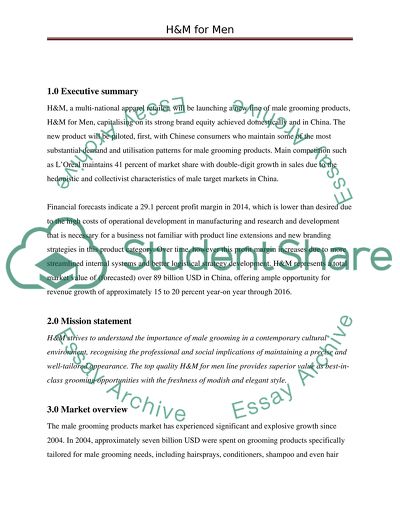Cite this document
(“Marketing Essentials Essay Example | Topics and Well Written Essays - 3000 words”, n.d.)
Retrieved from https://studentshare.org/marketing/1476202-marketing-essentials
Retrieved from https://studentshare.org/marketing/1476202-marketing-essentials
(Marketing Essentials Essay Example | Topics and Well Written Essays - 3000 Words)
https://studentshare.org/marketing/1476202-marketing-essentials.
https://studentshare.org/marketing/1476202-marketing-essentials.
“Marketing Essentials Essay Example | Topics and Well Written Essays - 3000 Words”, n.d. https://studentshare.org/marketing/1476202-marketing-essentials.


